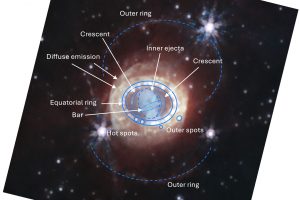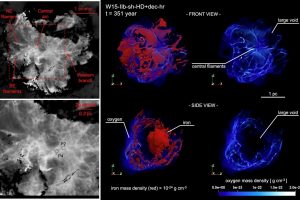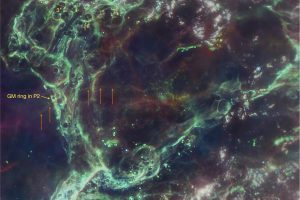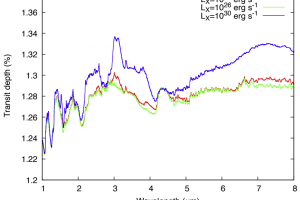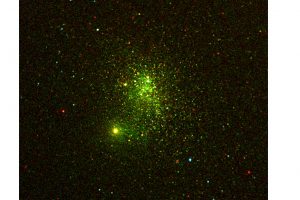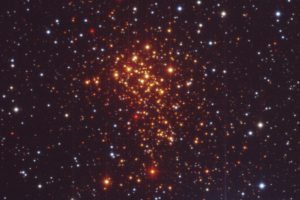“Spectroscopy of Free-Floating Planetary-Mass Objects and their disks with JWST” di B. Damian (University of St Andrews): otto piccoli oggetti di massa planetaria nel mirino del James Webb Space Telescope
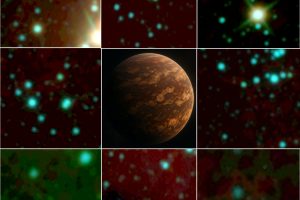
Otto oggetti isolati di massa planetaria, identificati in tre regioni di formazione stellare, mostrano caratteristiche uniche: segni di formazione planetaria in atto e nuvole ricche di silicati nelle loro fotosfere. Era il 2000 quando abbiamo imparato che è possibile l’esistenza di oggetti di massa planetaria isolati, ossia non legati a sistemi esoplanetari, grazie ad osservazioni analizzate da due gruppi di
» Read more

